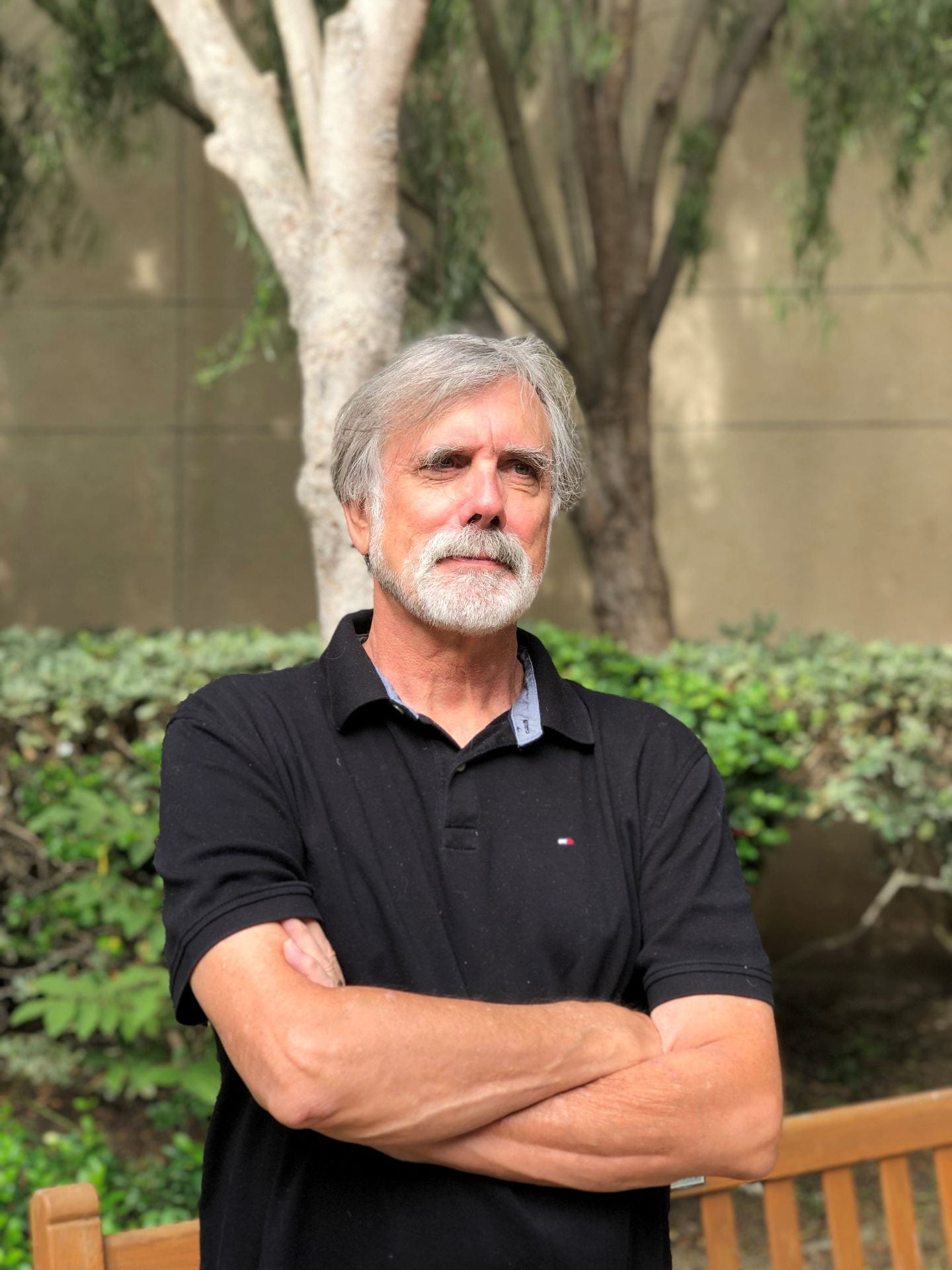Solving algorithm ‘amnesia’ reveals clues to how we learn
Finding by UCI biologists could help combat cognitive impairments

Irvine, Calif., July 6, 2022 — A discovery about how algorithms can learn and retain information more efficiently offers potential insight into the brain’s ability to absorb new knowledge. The findings by researchers at the University of California, Irvine School of Biological Sciences could aid in combatting cognitive impairments and improving technology. Their study appears in Proceedings of the National Academy of Sciences.
(Link to the open access study: https://www.pnas.org/doi/suppl/10.1073/pnas.2115229119)
The scientists focused on artificial neural networks, known as ANNs, which are algorithms designed to emulate the behavior of brain neurons. Like human minds, ANNs can absorb and classify vast quantities of information. Unlike our brains, however, ANNs tend to forget what they already know when fresh knowledge is introduced too fast, a phenomenon known as catastrophic forgetting.
Researchers have long theorized that our ability to learn new concepts stems from the interplay between the brain’s hippocampus and the neocortex. The hippocampus captures fresh information and replays it during rest and sleep. The neocortex grabs the new material and reviews its existing knowledge so it can interleave, or layer, the fresh material into similar categories developed from the past.
However, there has been some question about this process, given the excessive amount of time it would take the brain to sort through the whole trove of information it has gathered during a lifetime. This pitfall could explain why ANNs lose long-term knowledge when absorbing new data too quickly.
Traditionally, the solution used in deep machine learning has been to retrain the network on the entire set of past data, whether or not it was closely related to the new information, a very time-consuming process. The UCI scientists decided to examine the issue in greater depth and made a notable discovery.
“We found that when ANNs interleaved a much smaller subset of old information, including mainly items that were similar to the new knowledge they were acquiring, they learned it without forgetting what they already knew,” said graduate student Rajat Saxena, the paper’s first author. Saxena spearheaded the project with assistance from Justin Shobe, an assistant project scientist. Both members of the laboratory of Bruce McNaughton, Distinguished Professor of neurobiology & behavior.
“It allowed ANNs to take in fresh information very efficiently, without having to review everything they had previously acquired,” Saxena said. “These findings suggest a brain mechanism for why experts at something can learn new things in that area much faster than non-experts. If the brain already has a cognitive framework related to the new information, the new material can be absorbed more quickly because changes are only needed in the part of brain’s network that encodes the expert knowledge.”
The discovery holds potential for tackling cognitive issues, according to McNaughton. “Understanding the mechanisms behind learning is essential for making progress,” he said. “It gives us insights into what’s going on when brains don’t work the way they are supposed to. We could develop training strategies for people with memory problems from aging or those with brain damage. It could also lead to the ability to manipulate brain circuits so people can overcome these deficits.”
The findings offer possibilities as well for making algorithms in machines such as medical diagnostic equipment, autonomous cars and many others more precise and efficient.
Funding for the research was provided by a Defense Advanced Research Projects Agency Grant in support of basic research of potential benefit to humankind and by the National Institutes of Health.
About UCI’s Brilliant Future campaign: Publicly launched on Oct. 4, 2019, the Brilliant Future campaign aims to raise awareness and support for UCI. By engaging 75,000 alumni and garnering $2 billion in philanthropic investment, UCI seeks to reach new heights of excellence in student success, health and wellness, research and more. The School of Biological Science plays a vital role in the success of the campaign. Learn more at https://brilliantfuture.uci.edu/school-of-biological-sciences/
About the University of California, Irvine: Founded in 1965, UCI is a member of the prestigious Association of American Universities and is ranked among the nation’s top 10 public universities by U.S. News & World Report. The campus has produced five Nobel laureates and is known for its academic achievement, premier research, innovation and anteater mascot. Led by Chancellor Howard Gillman, UCI has more than 36,000 students and offers 224 degree programs. It’s located in one of the world’s safest and most economically vibrant communities and is Orange County’s second-largest employer, contributing $7 billion annually to the local economy and $8 billion statewide. For more on UCI, visit www.uci.edu.
Media access: Radio programs/stations may, for a fee, use an on-campus ISDN line to interview UCI faculty and experts, subject to availability and university approval. For more UCI news, visit news.uci.edu. Additional resources for journalists may be found at communications.uci.edu/for-journalists.


